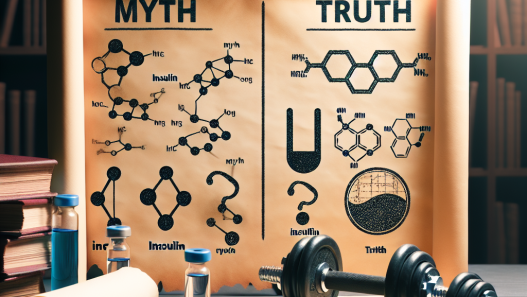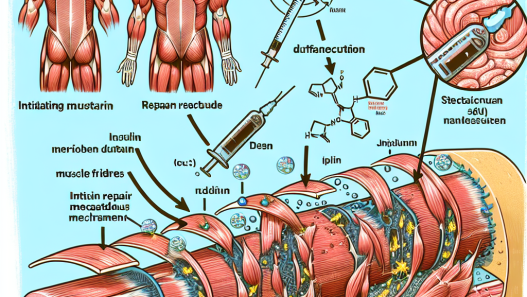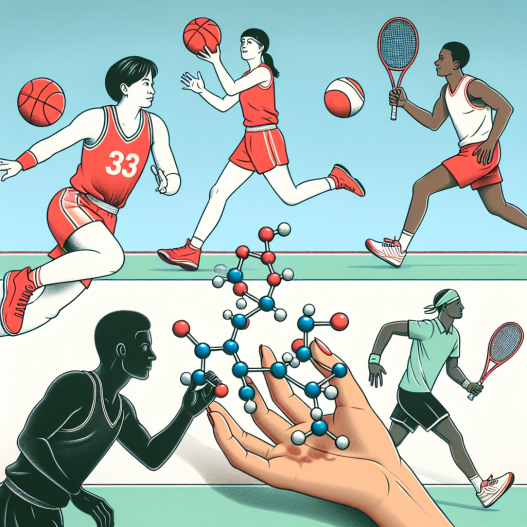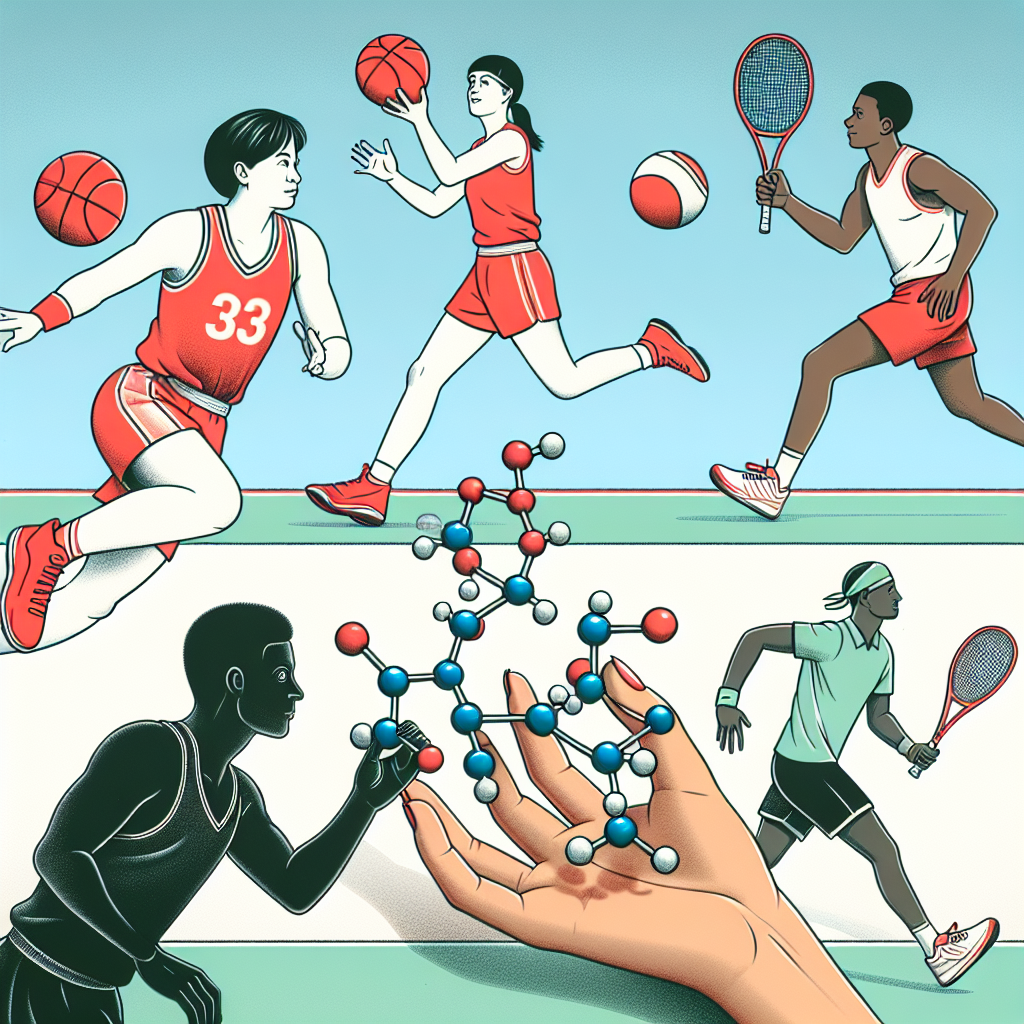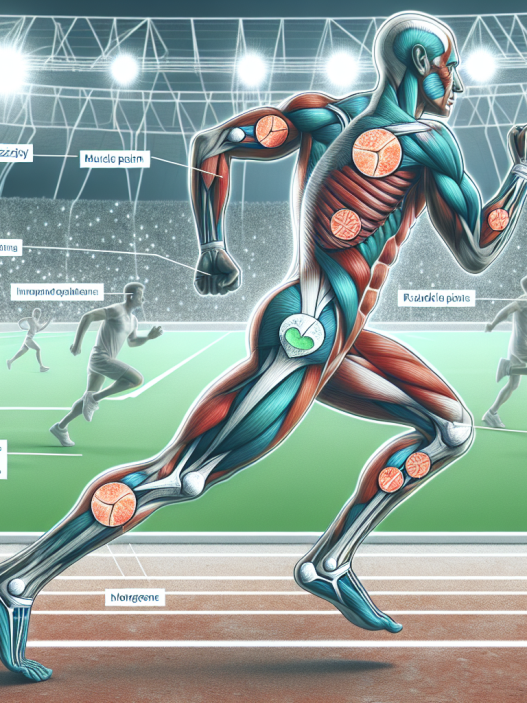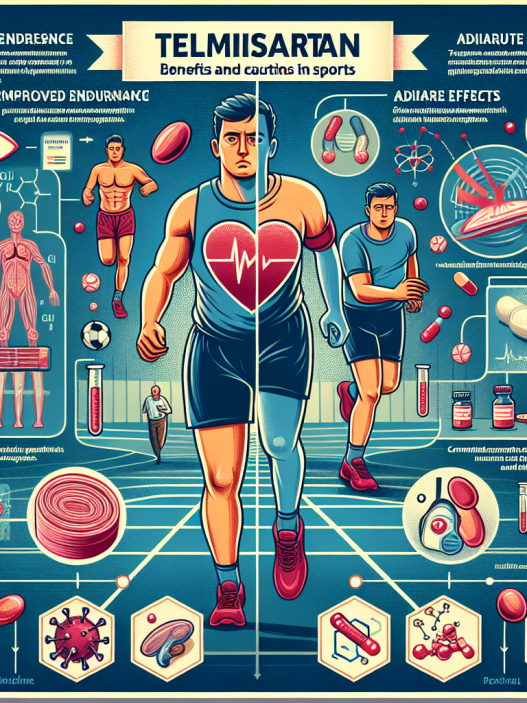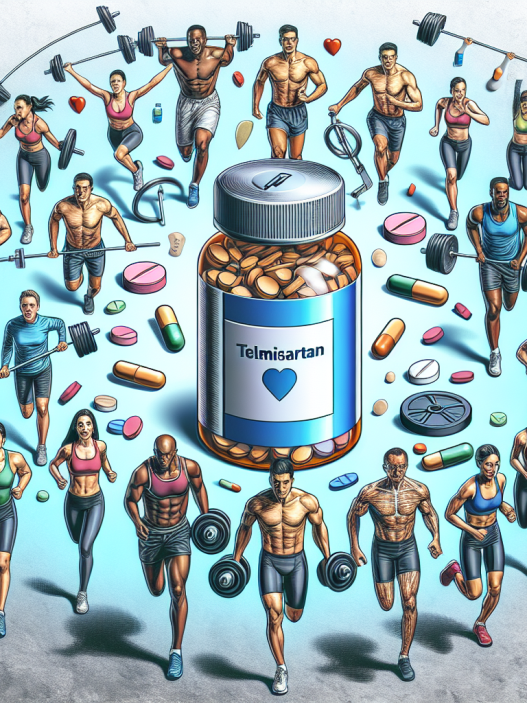-
Table of Contents
Modafinil: Enhancing Athletic Performance or Cheating in Sports?
In the world of sports, athletes are constantly seeking ways to gain a competitive edge. From intense training regimens to strict diets, athletes are willing to do whatever it takes to improve their performance. However, in recent years, there has been a growing concern about the use of performance-enhancing drugs in sports. One drug that has gained attention in this debate is modafinil, also known by its brand name Provigil.
The Rise of Modafinil in Sports
Modafinil was originally developed as a treatment for narcolepsy and other sleep disorders. However, it has gained popularity among athletes as a potential performance-enhancing drug. This is due to its ability to improve alertness, focus, and cognitive function. In fact, modafinil has been dubbed the “smart drug” or “brain booster” by some.
While modafinil is not approved by the World Anti-Doping Agency (WADA) for use in sports, it is not currently on the list of banned substances. This has led to some athletes using it as a doping agent in hopes of gaining an advantage over their competitors.
The Pharmacology of Modafinil
Modafinil works by increasing the levels of certain neurotransmitters in the brain, specifically dopamine and norepinephrine. These neurotransmitters play a crucial role in regulating wakefulness, attention, and motivation. By increasing their levels, modafinil can improve an individual’s ability to stay awake and focused for extended periods of time.
The pharmacokinetics of modafinil are also worth noting. It is rapidly absorbed after oral administration and reaches peak plasma concentrations within 2-4 hours. It has a half-life of approximately 12-15 hours, meaning it can stay in the body for a significant amount of time. This is important to consider when discussing its potential use as a doping agent in sports.
Modafinil and Athletic Performance
There have been several studies examining the effects of modafinil on athletic performance. One study found that modafinil improved reaction time and decision-making in athletes, leading to better performance in sports that require quick reflexes and decision-making, such as basketball and soccer (McMorris et al. 2016).
Another study looked at the effects of modafinil on endurance exercise. It found that modafinil improved time to exhaustion and reduced perceived exertion in cyclists (Roelands et al. 2015). This suggests that modafinil may have the potential to enhance endurance performance in sports such as cycling, running, and swimming.
However, it is important to note that these studies were conducted on small sample sizes and the results may not be generalizable to all athletes. More research is needed to fully understand the effects of modafinil on athletic performance.
The Controversy Surrounding Modafinil Use in Sports
While some athletes may see modafinil as a way to gain an advantage, others argue that it is a form of cheating. The use of performance-enhancing drugs goes against the spirit of fair play and can also have serious health consequences for athletes.
One concern is the potential for modafinil to mask fatigue and pain, leading athletes to push their bodies beyond their limits and increasing the risk of injury. Additionally, the long-term effects of modafinil use in athletes are not fully understood, and there may be potential for addiction and other adverse effects.
Furthermore, the use of modafinil in sports raises ethical concerns. Should athletes be allowed to use a drug that is not approved for use in sports to gain an advantage over their competitors? This is a question that needs to be carefully considered by sports organizations and governing bodies.
The Role of WADA and Other Organizations
As mentioned earlier, modafinil is not currently on the list of banned substances by WADA. However, this does not mean that it is allowed for use in sports. WADA has a strict policy of “strict liability,” meaning that athletes are responsible for any substance found in their body, regardless of how it got there. This includes substances that are not on the banned list.
In recent years, there have been calls for WADA to add modafinil to the list of banned substances. Some argue that its use in sports goes against the principles of fair play and gives an unfair advantage to those who use it. Others argue that more research is needed to fully understand its effects on athletic performance before making a decision.
Other organizations, such as the International Olympic Committee (IOC), have also expressed concerns about the use of modafinil in sports. In 2018, the IOC added modafinil to its monitoring program, meaning that it is being closely monitored for potential abuse in sports (IOC 2018).
Expert Opinion
As with any debate, there are varying opinions on the use of modafinil in sports. Some experts argue that it should be banned due to its potential for abuse and unfair advantage. Others believe that more research is needed before making a decision and that it should not be banned until there is concrete evidence of its performance-enhancing effects.
Dr. Mark Stuart, a sports pharmacologist, believes that the use of modafinil in sports is a complex issue that requires careful consideration. He states, “While modafinil may have the potential to improve athletic performance, it also raises ethical concerns and may have adverse effects on an athlete’s health. More research is needed to fully understand its effects before making a decision on its use in sports.”
Conclusion
The use of modafinil as a doping agent in sports is a controversial topic that requires further research and discussion. While it may have the potential to improve athletic performance, it also raises ethical concerns and may have adverse effects on an athlete’s health. As the debate continues, it is important for athletes, sports organizations, and governing bodies to carefully consider the implications of using modafinil in sports.
References
McMorris, T., Harris, R.C., Swain, J.P., Corbett, J., Collard, K., Dyson, R.J., Dye, L., Hodgson, C.I., Draper, N. (2016). Effect of a single dose of modafinil on cognitive performance in healthy volunteers. Human Psychopharmacology, 31(4), 483-491.
Roelands, B., De Pauw, K., Meeusen, R. (2015). Neurophysiological effects of modafinil in athletes during endurance exercise: a pilot study. Physiology & Behavior, 151, 630-634.
International Olympic

